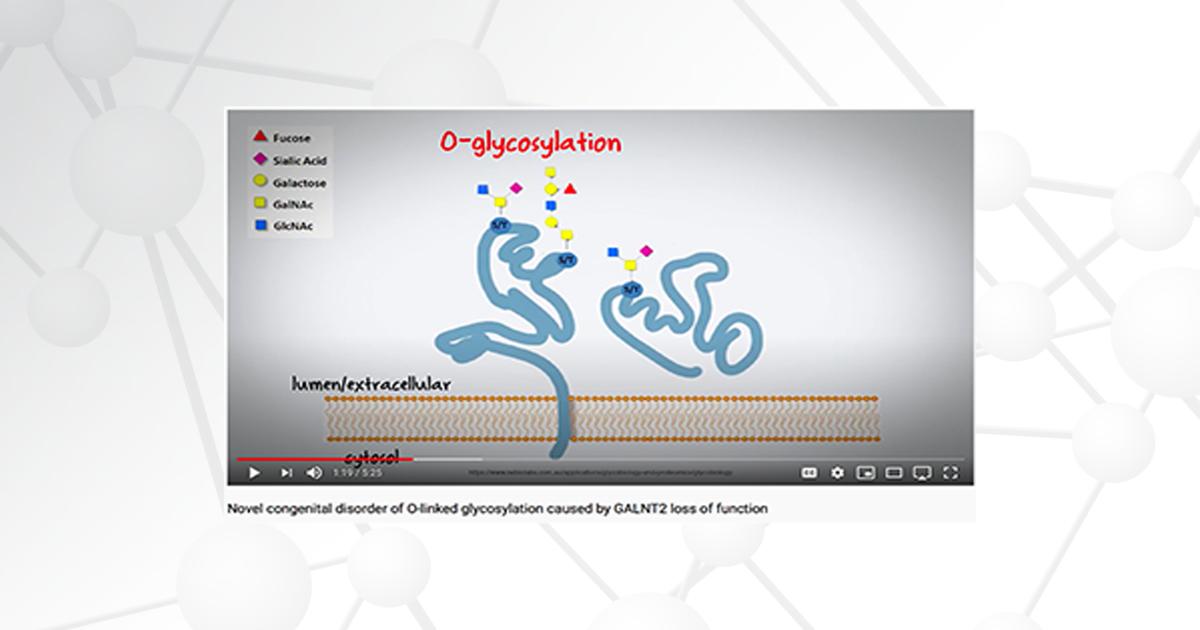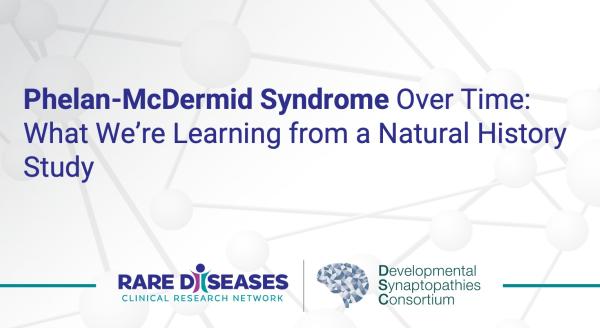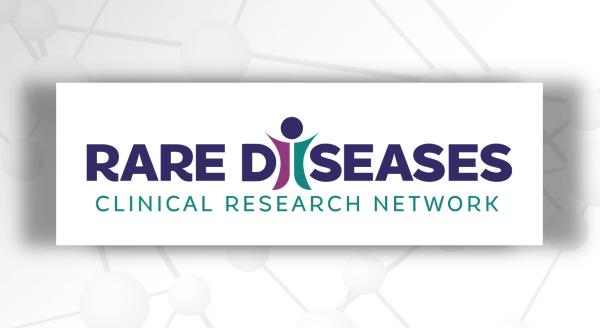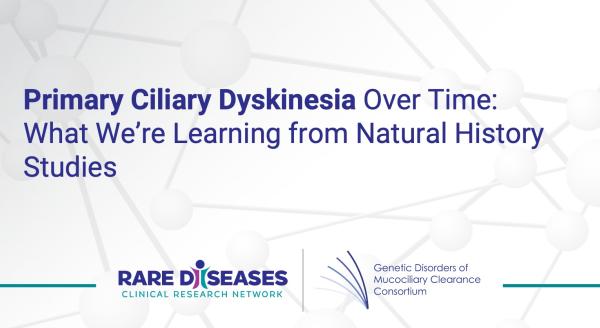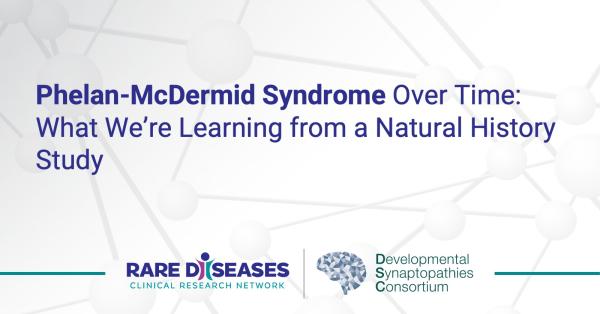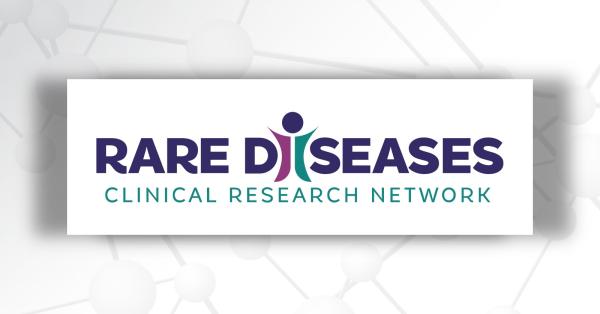Seven patients now have a name for their specific congenital disorder of glycosylation (CDG)—a new type called GALNT2-CDG. Researchers from Frontiers in Congenital Disorders of Glycosylation (FCDGC) describe the new disorder, caused by mutations in the GALNT2 gene, in the journal Brain.
There are over 130 different types of CDG, each defined by changes in genes. What links them all is a process called glycosylation. This is how glycans—chain-like structures of single sugar molecules—are created, changed, and attached to proteins and lipids. Every system in the body depends on this process for development and maintenance. In patients with CDG, where glycosylation does not function properly, this can cause health problems throughout the body.
More than 400 genes in the human genome play a role in the process of glycosylation. Now, a research team (led by Monica Zilmer, MD, of the Danish Epilepsy Centre Filadelfia; Andrew C. Edmondson, MD, PhD, of Children’s Hospital of Philadelphia; and Sumeet A. Khetarpal, MD, PhD, of the University of Pennsylvania) has discovered that loss of function in the GALNT2 gene causes a new type of CDG.
Why is GALNT2 important? This gene encodes a protein, polypeptide N-acetylgalactosaminyltransferase 2, which initiates the process of O-glycosylation—an essential key to the normal function of proteins. In this study, the research team identified five different mutations of GALNT2 that cause GALNT2-CDG.
These mutations can be discovered with genetic tests such as whole exome sequencing, where researchers investigate protein-coding regions of the genome. This is typically how GALNT2-CDG is diagnosed. However, genetic test results can be difficult to validate and interpret for genes like GALNT2.
To enhance the diagnostic process, the research team discovered a new clue for GALNT2-CDG—complete loss of O-glycans on the apoC-III protein in the blood, which is already available as a clinical test. This new biomarker, or indicator of disease, makes it easier to diagnose patients with GALNT2-CDG.
Another challenge in diagnosing CDG is the similarity of symptoms in other conditions. Some patients are misdiagnosed with other neurological or genetic disorders, such as cerebral palsy. This is why it is important for researchers to understand and define symptoms of CDG. In this study, the team describes neurological, skeletal, and gastrointestinal symptoms of GALNT2-CDG. Because these affect multiple body systems, we are learning more about the importance of GALNT2 function in many organs, particularly the brain.
Although the research team identified seven GALNT2-CDG patients from four families, it is currently difficult to know the true prevalence of the disease beyond these study participants. Continued progress in CDG research will help us recognize and diagnose a greater number of these patients.

